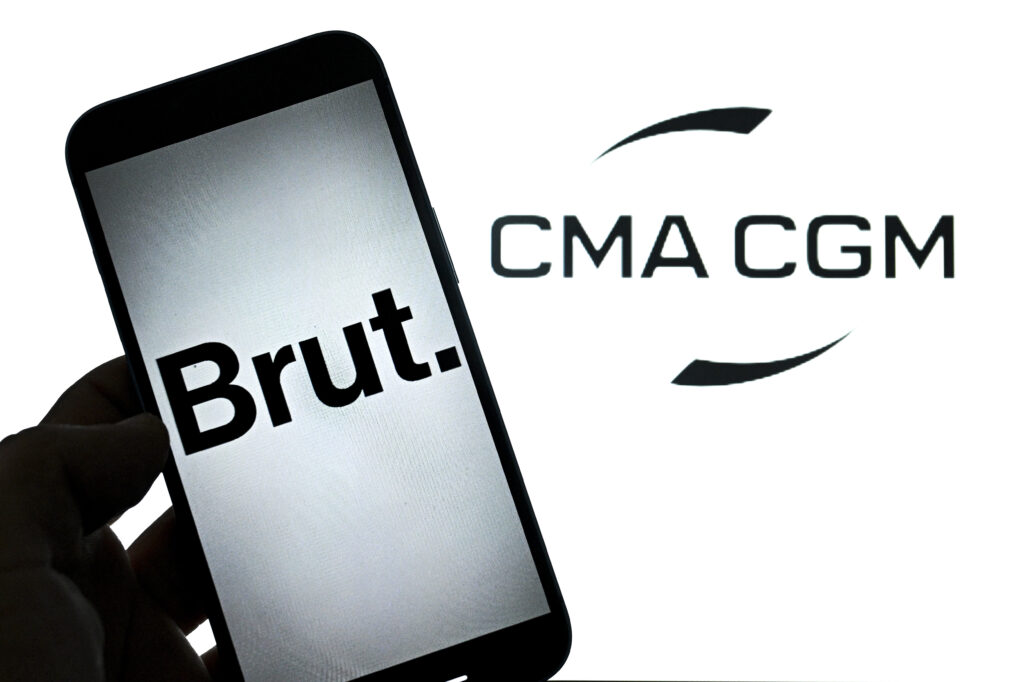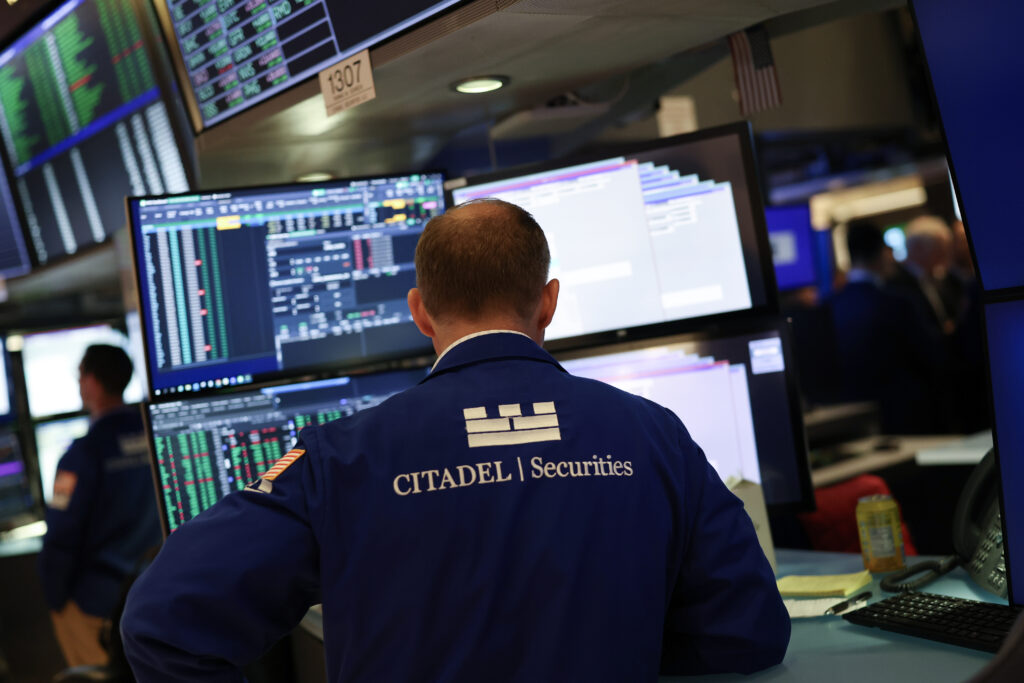L’Eurovision dit respecter les décisions des diffuseurs après des menaces de boycott de l’Eurovision si Israël y participe
Chaque membre de l’Eurovision peut librement choisir d’y concourir ou pas et leur décision sera respectée, a assuré son directeur vendredi, après des menaces de boycott si Israël participe à la prochaine édition du télé-crochet le plus suivi au monde.La radio-télévision néerlandaise Avrotros a annoncé vendredi vouloir boycotter le concours de chansons en raison de la guerre à Gaza, s’ajoutant à une liste de pays qui menacent de se retirer de la compétition l’an prochain, prévue à Vienne en Autriche, pays victorieux cette année.Jeudi, l’Irlande, sept fois vainqueur à l’Eurovision, a fait part de son intention de ne pas concourir au côté d’Israël. En mai, le Premier ministre espagnol Pedro Sanchez avait déjà estimé qu’Israël devait être exclu de la compétition à l’avenir.”Nous comprenons les inquiétudes et les opinions (…) concernant le conflit en cours au Moyen-Orient”, a indiqué à l’AFP le directeur du concours, Martin Green.”Les diffuseurs ont jusqu’à mi-décembre pour confirmer leur participation à l’édition de l’année prochaine à Vienne. Il appartient à chaque membre de décider s’il souhaite participer au concours et nous respecterons toute décision des diffuseurs”, a-t-il ajouté.Le concours est organisé par l’Union européenne de radio-télévision (UER), la première alliance mondiale de médias de service public, fondée en 1950, en coopération avec ses membres dans plus de 35 pays.Lors de la dernière assemblée générale l’UER en juillet à Londres, ses membres ont “discuté des “pressions” liées à la politique et aux conflits dans le monde, y compris à Gaza, et décidé de lancer un “dialogue” interne à ce sujet. Des recommandations sont attendues d’ici la fin de l’année.”Nous continuons de consulter tous les membres de l’UER afin de recueillir leurs avis sur la manière de gérer la participation et les tensions géopolitiques”, a confirmé vendredi M. Green.Des pays ont déjà été exclus de l’Eurovision, à l’instar du Belarus en 2021 après la réélection contestée du président Alexandre Loukachenko. La Russie l’a été un an plus tard, après avoir envahi l’Ukraine.L’association de l’audiovisuel public néerlandaise Avrotros a elle affirmé vendredi que sa “participation à l’Eurovision 2026 ne sera pas possible aussi longtemps qu’Israël restera au sein de l’UER (l’Union européenne de radio-télévision)”. Au contraire, “si l’UER décide de ne pas admettre Israël, Avrotros sera heureux de participer l’an prochain”, a ajouté le communiqué de l’audiovisuel public néerlandais.Avrotros a justifié sa décision par les “sérieuses violations de la liberté de la presse” commises par les Israéliens à Gaza, selon son communiqué. Elle accuse aussi Israël d’avoir commis “des interférences prouvées lors de la dernière édition, se livrant à une instrumentalisation politique de l’événement”.La chanteuse israélienne et survivante de l’attaque du 7 octobre, Yuval Raphael, qui interprétait “New Day Will Rise” (Un jour nouveau se lèvera) est arrivée seconde au concours cette année en Suisse, portée par le vote du public.








